Three Projects, Three Ways: Valentine’s Gifts for Your Loved Ones
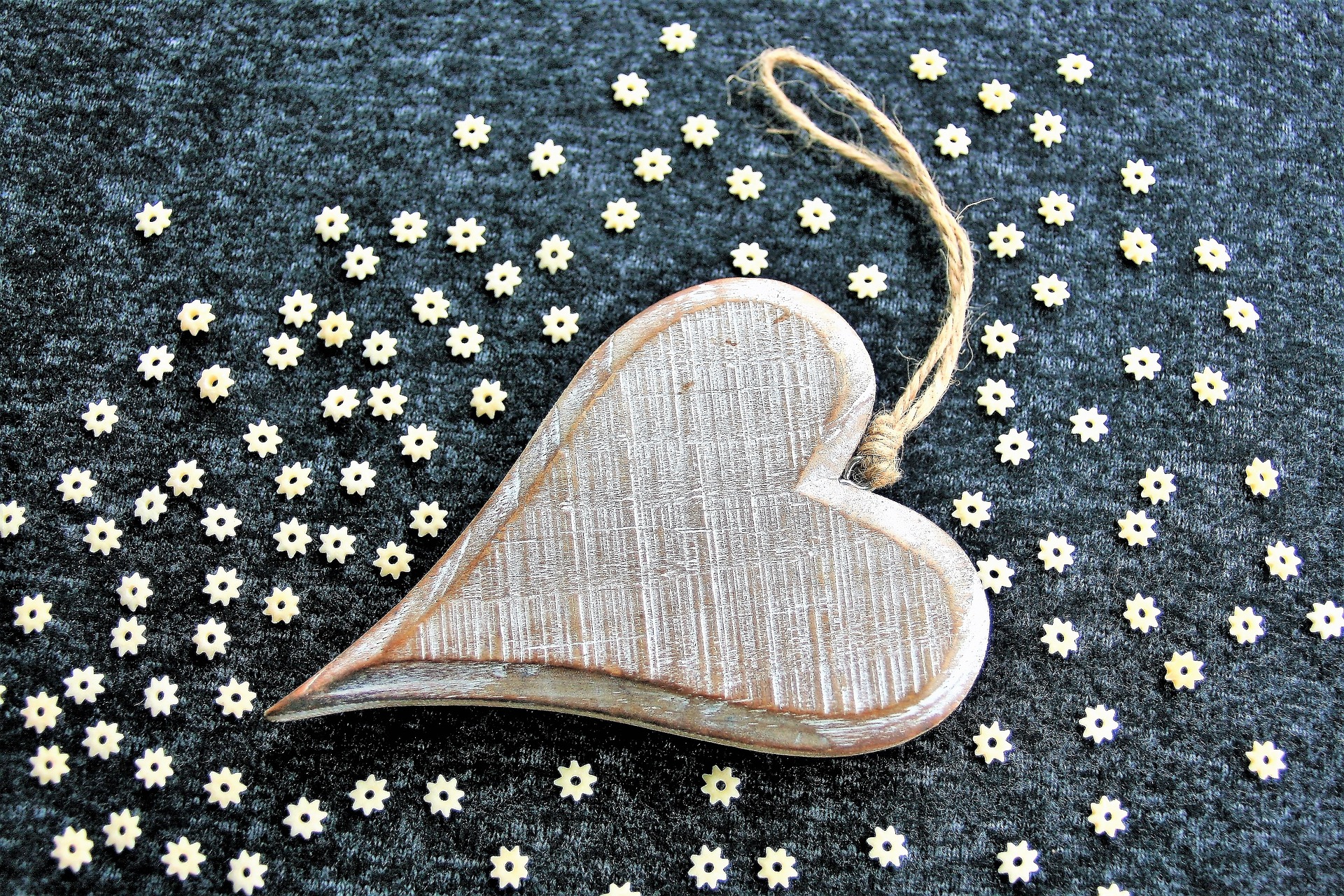

The ladies at “A Beautiful Mess” have amazing craft ideas, so we decided to try out their flower collage. The results are so fun!
Supply list:
A favorite family picture- blown up to 5*7 or larger
Fabric flowers; you can find these at a local craft store. For a fun touch, pick up some fabric butterflies too
Hot glue gun and glue sticks
A shadow box or a picture frame with the glass popped out
Directions:
Let inspiration be your guide; mock up your design before breaking out the glue gun
Glue flowers around the frame
Let the glue dry and then display your work of art!
Difficulty level: 1
A heart shaped picture collage:
Do you have so many favorite photos that you can’t pick just one? Are you an Instagram addict? Then this fun project is for you. You can use as many pictures as your frame will fit.
Supply list:
A picture frame
A piece of cardstock or paper cut to fit your frame
Cardstock cut into a stencil heart shape
A pile of your favorite photos
Scissors
Craft glue or scrapbooking adhesive
Fancy accent paper (optional)
Directions:
Decide the quantity of photographs you want to display
Arrange your photos on your blank sheet to determine the best placement
Cut each photo into the same size heart (use a stencil heart or heart shaped paper punch for this)
Arrange your pictures on the card stock
If you want to add some dimension, cut out hearts from the fancy accent paper to display behind your photos
Once everything is exactly how you like it, glue it all down
Let everything dry and finish by adding your frame!
Difficulty level: 2
The writing’s on the wall
Do you have a favorite quote about love? Make a modern wall hanging with some simple tools and your favorite words!
Supply list:
A wood frame for stretching canvas (can be found online or your local craft store)
Dark denim (enough to fit over canvas with a couple of extra inches all around)
A white fabric pencil
White fabric paint
Small acrylic paint brushes (with stiff bristles)
Masking tape
A staple gun and staples
A printed template of your favorite quote, as you would like to see it displayed
A window with natural light
Directions:
Tape your printed quote to a window with natural light shining through
Tape your fabric swatch over your template, and position the image/text in the middle of your fabric swatch (dark side facing you)
Using the white pencil, trace the quote and/or image clearly on your dark fabric
Once done, remove your fabric from the window and tape to a flat surface like a desk or table
Use the paint brush and white fabric paint to trace over your white sketches to make your text and/or image visible
Let your masterpiece dry for a few hours (amount of time varies based on the thickness of the applied paint)
Position your fabric over your wooded canvas frame. Make sure the placement is straight and where you want it
Hold your fabric in place over the frame and staple the sides to the back of the wooden frame, checking to make sure your image on the front is straight and the fabric is taught on the frame
If the fabric on the back of your frame is too long, you may want to consider trimming so it doesn’t peek out when the frame is hung on the wall
Find the perfect spot to hang your masterpiece or the perfect person to gift it to!
Difficultly level: 3
Happy Valentine’s Day! From all of us at Windermere Evergreen.
Seven Phases of Home Renovations
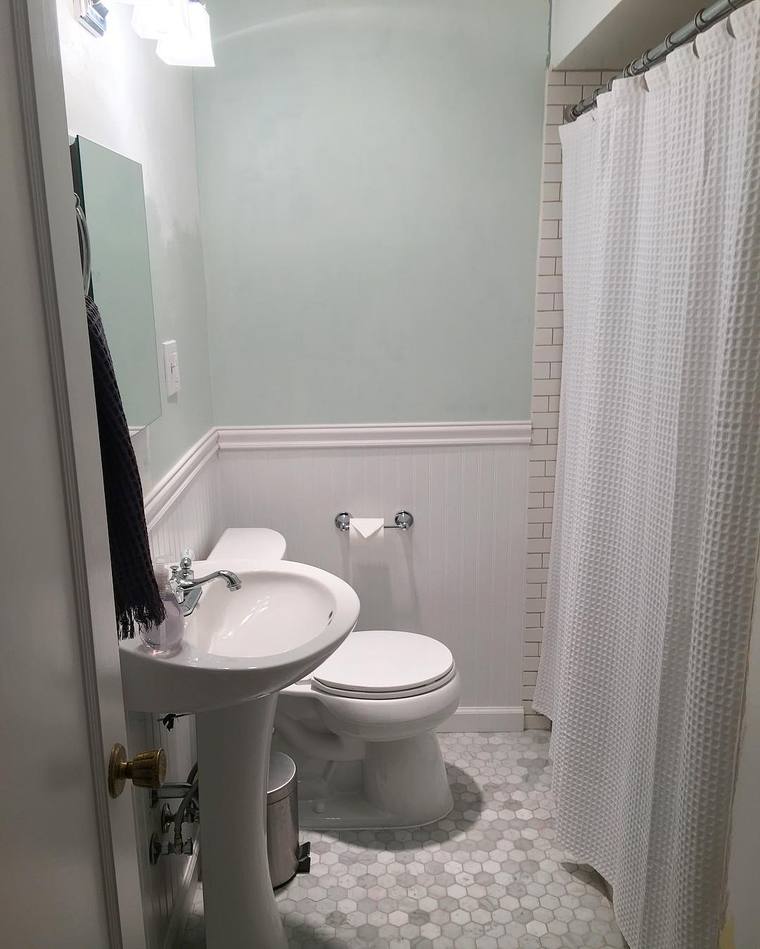
The 7 Phases of Home Renovations:
Phase 1: Get super pumped about an idea. Pin, pin, pin on Pinterest until you’re bursting with excitement. Tell everyone about your amazing project.
Phase 2: Collect materials. Realize things cost a lot. Begin project fueled by coffee, nervous anticipation and adrenaline.
Phase 3: Get halfway through the project. It doesn’t look exactly like your Pinterest board but it’s still cool. Realize you haven’t showered or shaved in +/- 3 days. But it’s all good because you’re 50% there!
Phase 4: There’s visible progress but it’s not totally done. It looks done on the Instagram photo though! But in reality, the project is about 85% complete and it bugs you every time you see that one grout line that needs a little attention or that one corner that needs a little touch up paint. It’s okay though, you’ll get to it this weekend.
Phase 5: Weeks have gone by. The blisters on your hands have healed. You stop noticing the grout line that needs filling or the wall that needs paint. You’re busy enjoying the house and admiring your clean fingernails.
Phase 6: Write a blog about how you’re still not done with that one bathroom you started two months ago.
Phase 7: Complete project, details included. Toast to celebrate. Post more photos to Instagram. Start dreaming of a new project. Pin, pin, pin…
Some people may say the hardest part of a renovation is starting the project. We say it’s that last pesky 5%. We’ll get it done . . . eventually.
For more information on Windermere Evergreen and our team, please contact us here.
New Home Construction Trends to Watch Out For
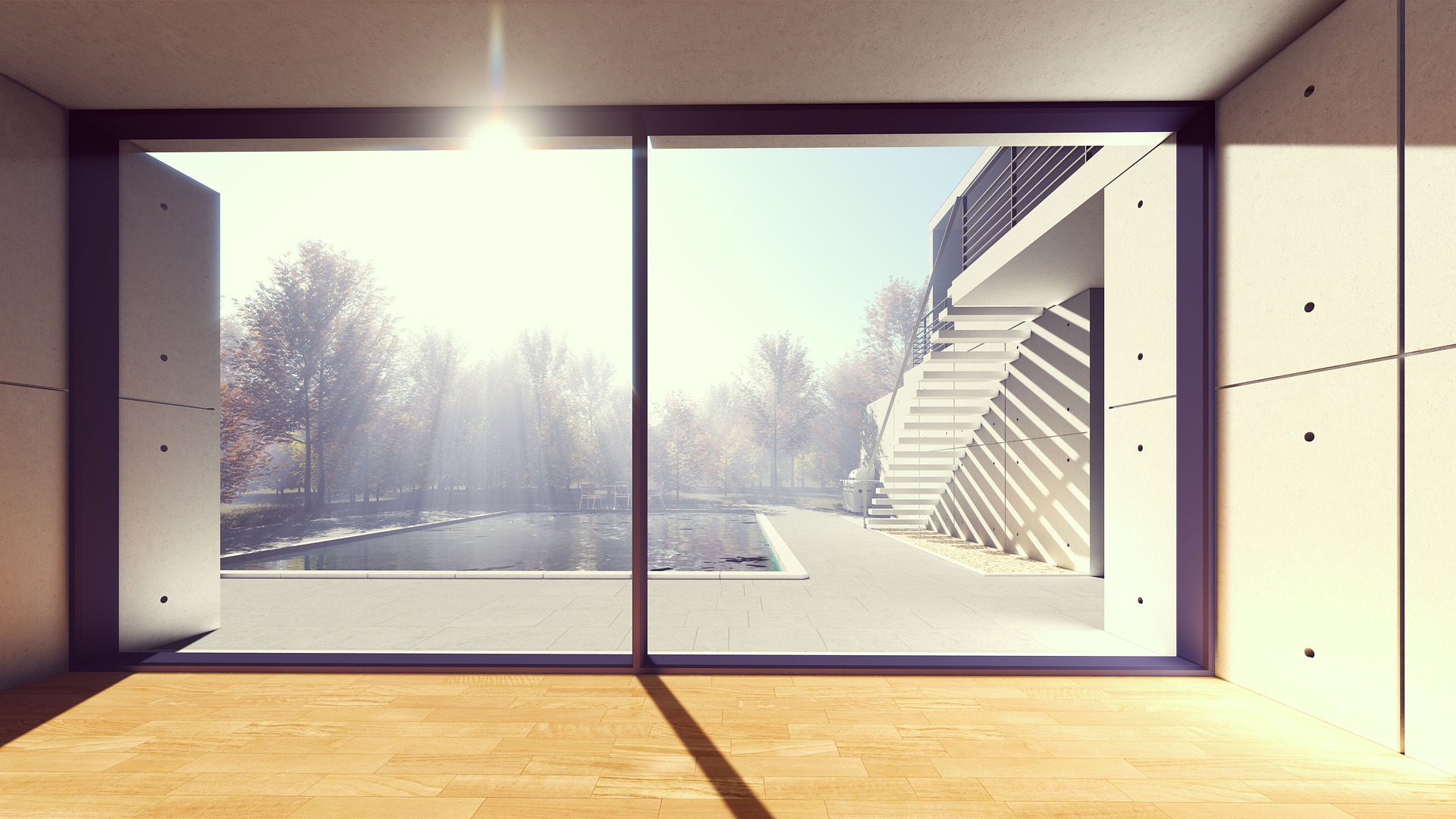

So what’s in?
- Bringing the outdoors inside. Do this with larger glass windows or folding glass doors.
- Minerals as hardware.
- Large geometric tiles on floors.
- Mixing metals, such as brass and gold.
Interior paint color – Grey still has a heavy influence, but it is warming up a bit and getting softened with a stone color. Of course, the Pantone colors of the year are playing a big part with light blues and soft pinks.
Wallpaper – Always a great place to get a little crazy. Textural, geometric patterns are so in.
Carpet – 2016 is about modernizing the traditional themes. People are doing geometric shapes and soft grays. However, hardwood floors continue to be on trend. It’s not uncommon for someone to do hardwood floors throughout the whole home, others are even putting wood on the walls. Fun fact: When the economy is good, floor color tends to lighten up, and when economy is bad, floors tend to darken.
Tile– Geometry, 3D textures, and extra extra extra-large tiles. Marble counter tops are still big and concrete is becoming more common in custom homes.
Cabinets – Many are painting them white with muted tones or contrasting wood tones. Mix and match. Get venturesome, but not reckless.
Lighting – Gold has come back in (don’t worry, not the gold of the 80’s). These are different from the pendants of last year; they’re brass and gold statement pieces. Remember: lighting is the jewelry of the home.
Plumbing – Plumbing is functional art. Brass, soft gold, and black (faucet) statement pieces are where it’s at.
We also learned that home owners are going bonkers for statement dining rooms. They love having a bold, fun place to entertain their guests. These are tying into a theme, which is: Nature luxe. Like we said earlier, it’s all about bringing the outside in. Yes, we’re seeing a lot of brave ideas and statement pieces going on, but it’s important to be subtle and do it in a tasteful way.
Gelotte Hommas Architecture kept the trend going with outdoor living. Seattleites think our climate is not the greatest for outdoor spaces, but according to Gelotte, with our mild winters and not-too-hot summers, we actually have the ideal climate for outdoor living… who knew! The most important thing to know about outdoor living is that it needs to flow from the inside to the outside. The space doesn’t need to be huge; a good rule of thumb is having your outdoor space roughly the size of your kitchen.
What’s being built? Modern, contemporary homes are still very much in demand. However, contextualizing a home into a neighborhood is really important so it doesn’t stand out too much. It’s about appropriate scale and size.
Multi-gen living is on the rise. Homes are being built to accommodate extended family which usually involves having an in-law suite. Also, bonus rooms are being made into living spaces.
When it comes to thinking green, most custom home clients are concerned with energy consumption, so they opt to get solar panels or geothermal heating.
That’s a wrap for the latest trends! How are you going to incorporate them in your home?
For more information on Windermere Evergreen and our team, please contact us here.
 Facebook
Facebook
 Twitter
Twitter
 Pinterest
Pinterest
 Copy Link
Copy Link
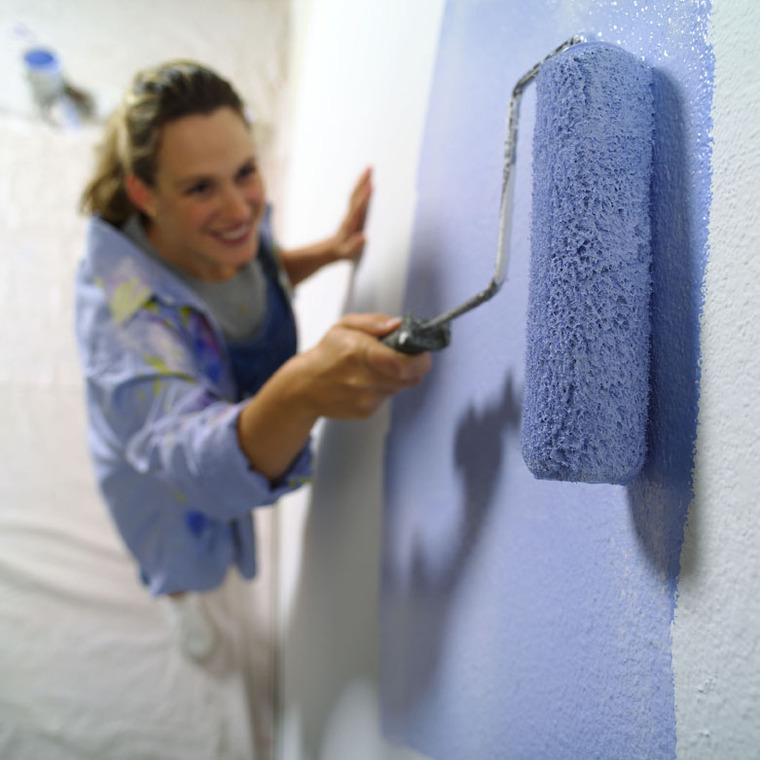
 One of the most frequent questions interior designers hear is how to choose colors for a home. We all love color, but some people are afraid of using color in their home. Many find they fear committing to a certain color scheme or making a mistake after it is all done. Here are some ideas to help to get you started.
One of the most frequent questions interior designers hear is how to choose colors for a home. We all love color, but some people are afraid of using color in their home. Many find they fear committing to a certain color scheme or making a mistake after it is all done. Here are some ideas to help to get you started.
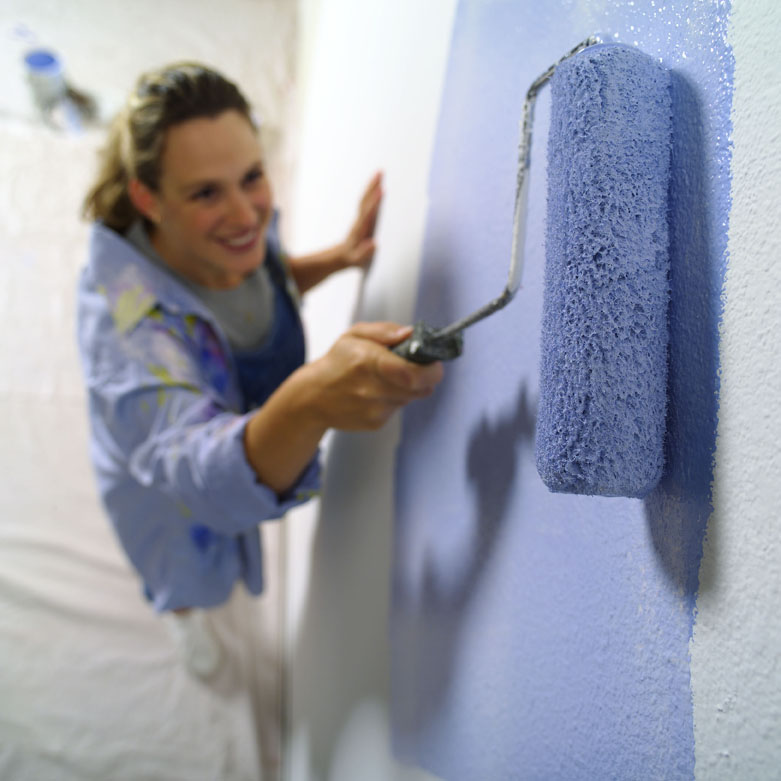
 On any given weekend in my house, at least a couple of hours will be spent watching the designers, craftspeople and entertainers on
On any given weekend in my house, at least a couple of hours will be spent watching the designers, craftspeople and entertainers on 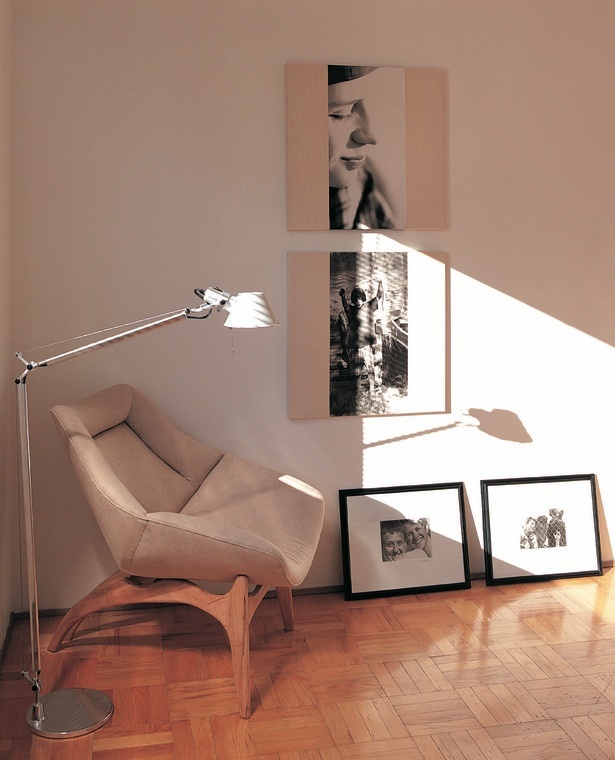
 DIY Home Staging Tips:
DIY Home Staging Tips: